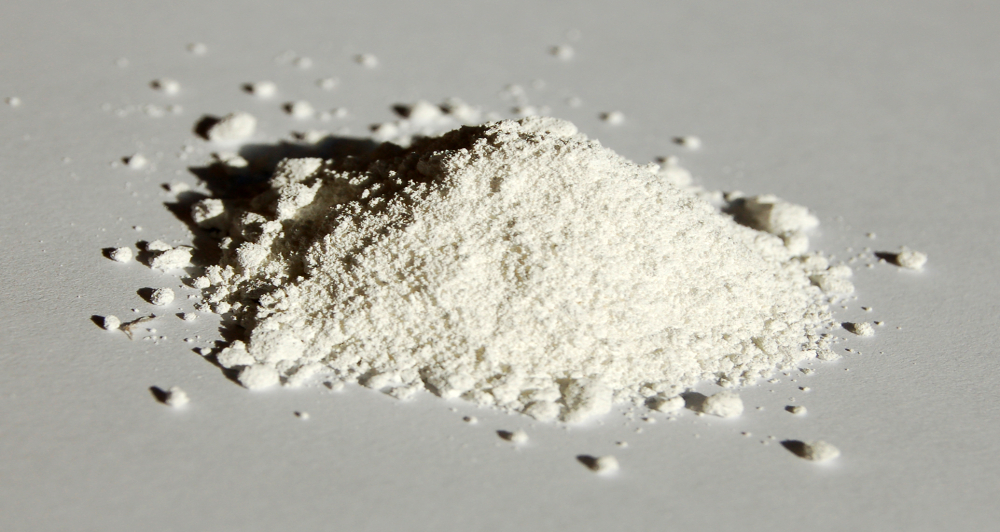
Avoid Food and Supplements with This Common Filler
Nothing more than a filler, without nutrient value or necessity in your products, titanium dioxide is used simply to whiten products from paint to sunscreen and food products.
February 22, 2017 | Source: Mercola | by Dr. Joseph Mercola
Nothing more than a filler, without nutrient value or necessity in your products, titanium dioxide is used simply to whiten products from paint to sunscreen and food products.
When used in food products it is known as E171; when in other products as PW6 or CI 7781.1 Although it is an inorganic compound, titanium dioxide carries significant risk when inhaled, ingested or absorbed.2
Millions of tons of titanium dioxide are produced each year. The compound naturally reflects ultraviolet (UV) light, which is why it is often added to sunscreen. While most of the product is used to pigment paint, it is also added to pharmaceutical drugs, toothpaste, paper and foods.
The full extent of the compound’s impact on health is still under investigation, even though you can find it in many of the products you may use each day.
Topical use has resulted in allergic reactions, some of which may be serious.3 However, while some reactions are still under investigation, recent research has identified exposure to titanium dioxide can increase growth of precancerous lesions.4
Titanium Dioxide or E171 Is Not Inactive in Your Body
When inhaled as a dust, titanium dioxide is classified as possibly carcinogenic to humans by the International Agency for Research on Cancer.5,6 Titanium dioxide nanoparticles are also linked with an inflammatory response in the body and with genetic damage in mice.7
In response to public pressure, Dunkin Donuts made a commitment to take titanium dioxide out of the powdered sugar on their donuts.8 As it doesn’t add to the flavor of the donuts, it seems like a decision that could have been made without pressure from customers. The compound is no longer legally used in Germany.
Multiple animal studies demonstrated an increased rate of lung cancer with inhalation of titanium dioxide, as the particles are not easily cleared from the lung tissue.9 Recent studies have also demonstrated it produces reactive oxygen species (ROS) and induced oxidative DNA damage.
Titanium dioxide may also be produced as nanoparticles. These minute particles lose their white pigment, but not the ability to reflect UV light.
In this form, titanium dioxide induces cellular autophagy, or cell death through degradation of the cell contents.10 The complex process of autophagy is most commonly triggered by nutrient starvation.11
